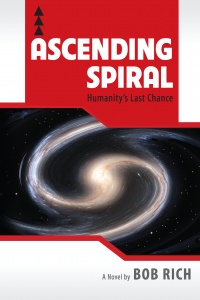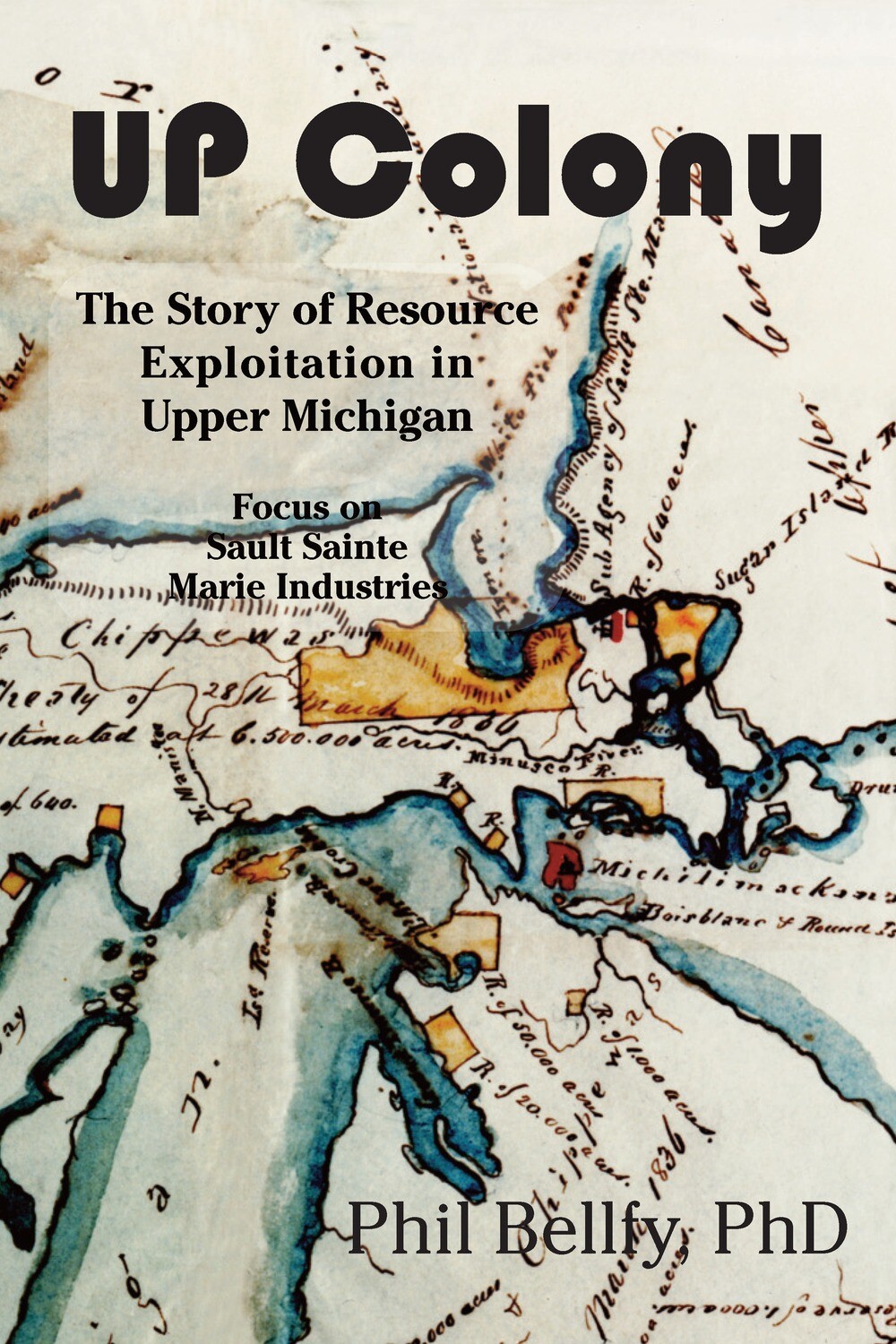Carolyn Wilhelm’s Bookshelf
Ascending Spiral: Humanity’s Last Chance
Dr. Bob Rich
Marvelous Spirit Press
http://www.marvelousspirit.com
9781615991860, $19.95 paperback, 248 pages
B00BZW54N0, $4.95 Kindle

Ascending Spiral
The theme of Ascending Spiral is how people can learn from past lives and hopefully do better each successive lifetime. The book may be taken figuratively or literally. Reading happens in the mind of the reader, as each reader brings his or her own experiences to books. Whatever it is interesting to consider how humankind might improve through the centuries to the present day.
The author shares several different lives from Ireland to New South Wales he feels he lived. He shares what he learned from each life. Difficulties were present in each one, even when he lived as a plant. He applies lasting life lessons as he moves forward (ascends). The beliefs of several religions are considered to help broadly illustrate what is viewed to be a good life.
Characters and settings are detailed and realistic. Vivid stories are told. The author feels the earth is living like a toddler with greed as the enemy. We all must improve to help climate change issues and problems. At the end of the book, Dr. Rich asks us to join his team to maintain a decent life on planet Earth. If humanity can pull together, and live simply so we may simply live, Dr. Rich will have achieved his goal for writing this book.
Carolyn Wilhelm
Reviewer
James A. Cox, Editor-in-Chief
Midwest Book Review
278 Orchard Drive, Oregon, WI 53575






